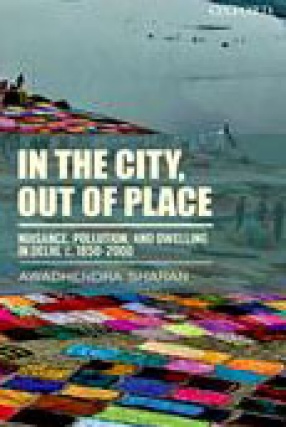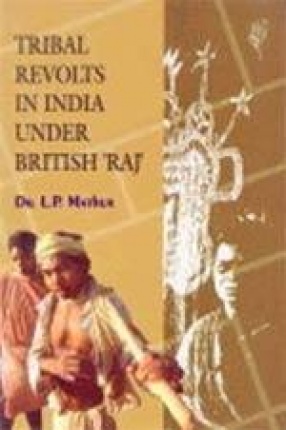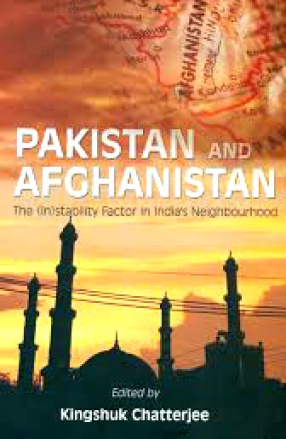There is something distinctive about the contemporary city of the South, which invites us to revisit the universal narrative of urban history. The contemporary Indian city is neither a deferred Western city nor the anticipated East Asian metropolis. It is a different configuration of contestations and discourses that merits its own historically situated account.
Presenting such a narrative, this book provides a contemporary history of environmental issues in Delhi. It references the world of the social: attitudes to safety and security, relations of race and class, habitations of humans and those of animals, the place of the rural within the urban, and the continuum on which legal and illegal practices locate themselves. It is a book about space: the specifi c sites at which environmental issues are most prominently posed, such as rivers and slaughterhouses, streets and factories, slums, and public spaces. It is about biophysical resources: air and water, their contamination, and possible states of purity.
Paying close attention to social surveys and scientific standards, the book sifts through the emotional registers of pain and prejudice, and mines the vocabulary of planning, governance, and the measures of risk. Stepping into contested domains, it explores the possibilities of creating alternate patterns of dwelling in the city that go beyond merely securing cleaner biophysical resources and better health.





There are no reviews yet.